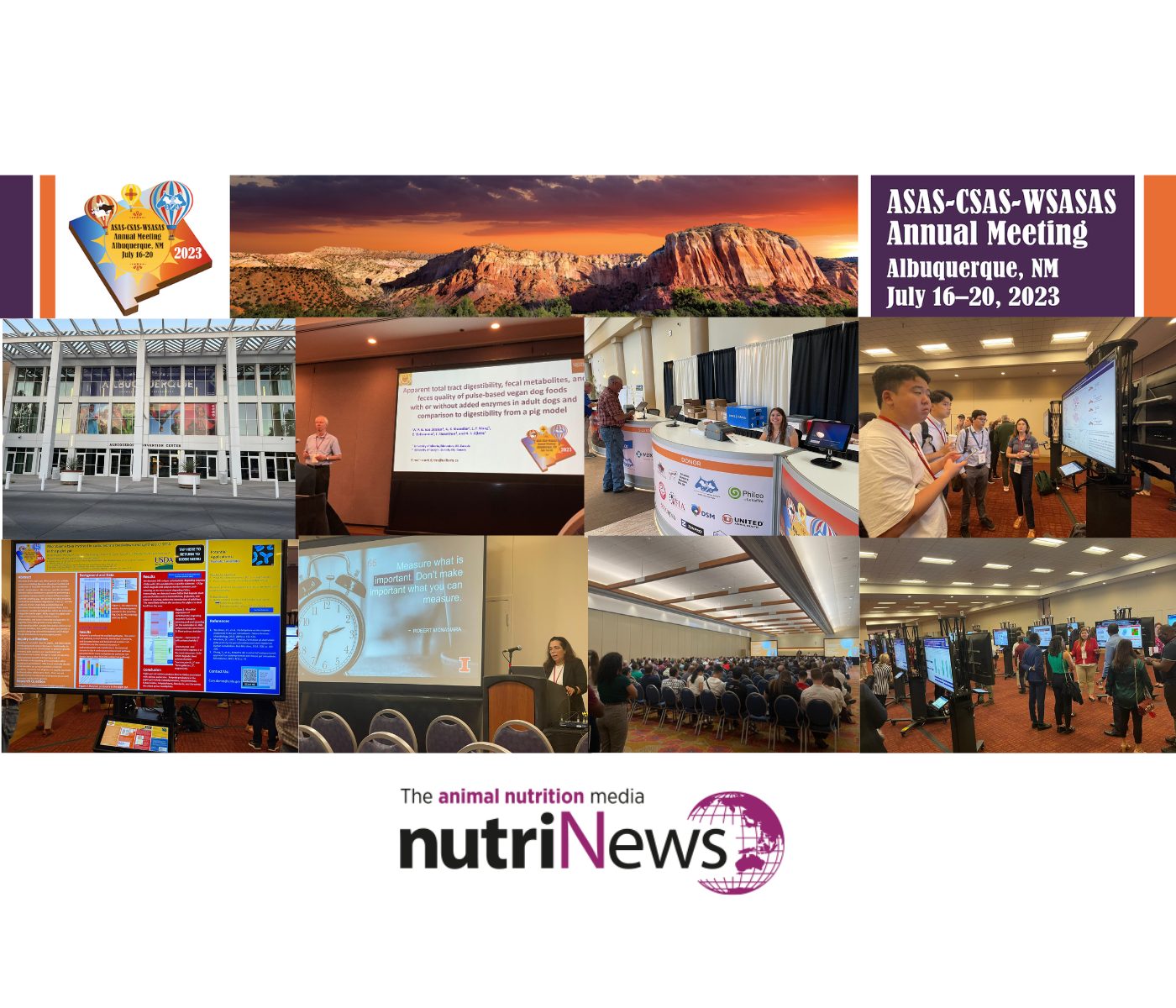 21 Jul 2023
21 Jul 2023
Highlights from the 2023ASAS-CSAS-WSASAS Annual Meeting!

Albuquerque, New Mexico, was the vibrant host city for this year’s annual ASAS-CSAS-WSASAS meeting, a week-long event that brought together experts, researchers, and industry representatives for a knowledge-packed event. Nestled in the heart of downtown, the Albuquerque Convention Center offered the perfect backdrop for this Southwest gathering, with its 310 days of sunshine, picturesque sunsets, and stunning blue skies creating a delightful ambiance for all attendees.
Dr. Edgar Oviedo, technical director of NutriNews International, was present at this year’s meeting, representing our magazine. He offered live coverage of the action-packed and knowledge-rich event, capturing its essence for our audience.
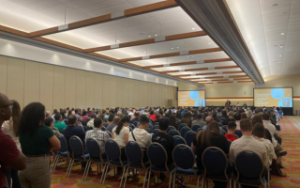
The meeting commenced with the ASAS-NANP Pre-Conference Symposium on Mathematical Modeling in Animal Nutrition, where esteemed speakers shared invaluable insights on real-time animal management, satellite-based tools for grazing cattle, poultry modeling, and precision livestock farming. This symposium set the tone for what was to be an enriching and informative meeting filled with cutting-edge research.
The WSASAS Beef Symposium took center stage in the afternoon, focusing on climate adaptation strategies for the beef industry. Renowned experts explored advancements in genetics, feeding, and management to ensure resilience while addressing the critical issue of greenhouse gas emissions. Round table discussions shed light on future challenges, stimulating collaborative thinking among the attendees.
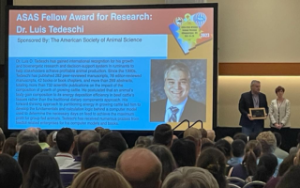
One of the highlights of the opening ceremony was the presentation of prestigious awards, recognizing outstanding accomplishments in research, teaching, administration, innovation and many other fields. Esteemed researchers Olayiwola Adeola and Luis O. Tedeschi were among the remarkable recipients, celebrated for their contributions to the field of animal science. The day concluded with a delightful BBQ, providing ample opportunities for networking and fostering new connections among the attendees.
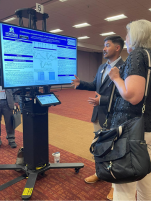
Days 2 and 3 of the event were equally engaging, offering a plethora of activities and symposia for participants to immerse themselves in. Attendees enjoyed student breakfast ‘n learns, quiz bowls, lectures, and poster sessions, providing a platform for researchers to showcase their work and interact with professionals from both industry and academia. This aspect of the meeting fostered invaluable networking opportunities and further enriched the overall experience.
The symposia held during these days covered a wide range of topics, each shedding light on critical aspects of animal science and livestock production. Notable highlights included the Beef Species Symposium I, which delved into greenhouse gas accounting methods and their implications for the beef industry, providing essential insights for policymakers to consider in their efforts to address climate change.
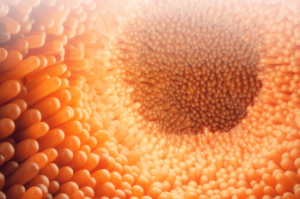
The Comparative Gut Physiology Symposium explored the impact of gut hormones on energy balance, appetite control, and nutrient partitioning in animals, offering crucial insights into the physiological processes driving nutrient uptake and utilization.
The meeting also addressed advances in nonruminant nutrition, including strategies to optimize gilt development and enhance mammary health, ensuring healthy and productive breeding sows.
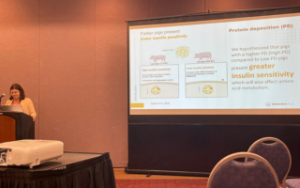
Additionally, the symposia covered topics related to brain development and reproduction in cattle and pigs, gene editing technologies for enhancing animal welfare and human health, as well as nutritional management strategies for the beef cow-calf sector, aiming for sustainable livestock production.
The event’s CSAS Symposium delved into emerging technologies and strategies for livestock research, showcasing advancements in precision ranching technology and machine learning, which hold great promise for the future of animal science.
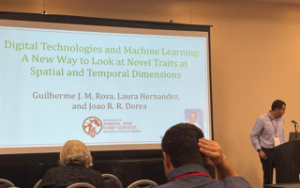
The Teaching/Undergraduate and Graduate Education Symposium offered valuable insights into experiential learning and employment opportunities, equipping students with the knowledge, skills, and values sought after by the industry, ensuring a skilled and qualified workforce for the future of animal science.
Day 4 continued to fuel the excitement, with more presentations, poster sessions, and an engaging student lunch and learn, further fostering networking and knowledge exchange.
Day 5 concluded with the Animal Breeding and Genetics Symposium III and the ARPAS Symposium addressing key issues in livestock production.
As the meeting drew to a close attendees left Albuquerque with newfound knowledge and inspiration, energized by groundbreaking symposia and research talks. The event was a vibrant hub for collaboration and innovation in livestock production, animal nutrition, and animal science as a whole.
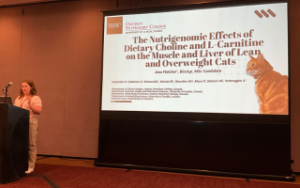
Looking ahead, plans are already underway for the next Annual Meeting, #AnnualMeeting24, scheduled to take place in Calgary on July 21-25, 2024. Anticipation is high for another remarkable gathering that will continue to drive the progress of animal science and livestock production worldwide.
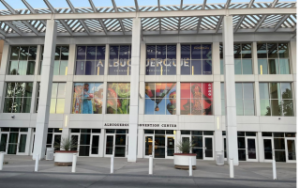
The 2023 ASAS-CSAS-WSASAS Annual Meeting will undoubtedly be remembered for its valuable discussions, insightful research, and the passion shared by all attendees. Dr. Edgar Oviedo’s live coverage for NutriNews International added an extra dimension to the event, ensuring that the knowledge-packed content reaches a broader audience. As the scientific community moves forward, the lessons learned and connections made during this event will continue to shape the future of animal science and livestock production, driving innovation and collaboration in the field.

Let’s keep the momentum going and look forward to the next chapter of progress and excellence in Calgary!
Subscribe now to the technical magazine of animal nutrition
AUTHORS

Nutritional Interventions to Improve Fertility in Male Broiler Breeders
Edgar Oviedo
The Use of Organic Acids in Poultry: A Natural Path to Health and Productivity
M. Naeem
Synergistic Benefits of Prebiotics and Probiotics in Poultry, Swine, and Cattle
Gustavo Adolfo Quintana-Ospina
Hybrid Rye Potential in Laying Hen Feed Rations
Gwendolyn Jones
A day in the life of phosphorus in pigs: Part I
Rafael Duran Giménez-Rico
Use of enzymes in diets for ruminants
Braulio de la Calle Campos
Minerals and Hoof Health in the Pregnant Sow
Juan Gabriel Espino
Impact of Oxidized Fats on Swine Reproduction and Offspring
Maria Alejandra Perez Alvarado